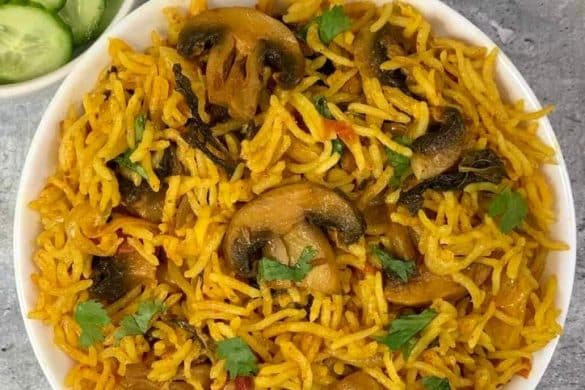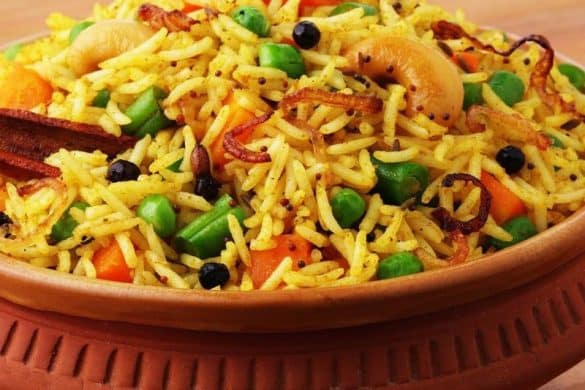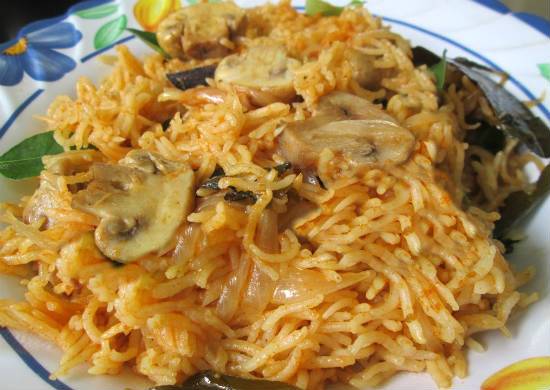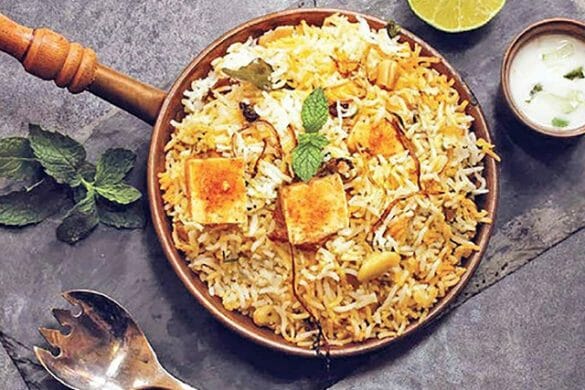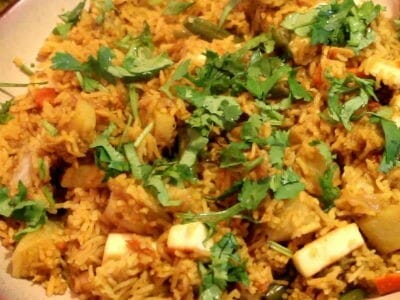Biryani/ Biriyani or Biriani is an epitome of the Indian Culinary arts and requires no introduction. This one pot meal has satiated the hunger pangs, ranging from normal to weird, for many since centuries. Considering the type of ingredients that go into making it, some might even consider it a balanced meal.
While many may claim it a national treasure, the Biryani, traces its origins to Persia. Biryani is derived from the Persian word Birian, which means fried before cooking and Birinj, the Persian word for rice. It is generally accepted that the Mughals brought the dish to India at the time of their rule. With its humble begins there, it underwent many changes in the royal kitchens, making it one of the reasons for it being associated with royalty. Having said this, it was during Shah Jahan’s rule that Biryani, literally, became a one-pot, wholly nutritious meal for the Mughal Army.
Even today, the most delicious Briyanis are often associated with Muslim communities, many of which have time-tested recipes that have been handed down across generations. The Biryani and Pulao are vastly different in one main aspect – the Gravy. Biryanis have a thicker and spicer gravy and have layers of meat and rice, the pulao is mildly spiced with rice cooked together along with meat and vegetables.
A fan already? Then you must try out our collection of Vegetarian Biryani recipes.

